


In 2010, the National Natural History Museum merged with the National Herbarium of the Netherlands and the Amsterdam Zoological Museum: together they form the Naturalis Biodiversity Center. Their respective collections were transferred to Leiden, making the combined collection of 27 million objects one of the top five in the world. This therefore necessitated an extension of the main building. Both the garden and entrance area would also be overhauled. To this end, a closed competition was held in 2014. Karres en Brands proposed a design inspired by the Dutch landscape, and one where entering the museum becomes an extraordinary experience.
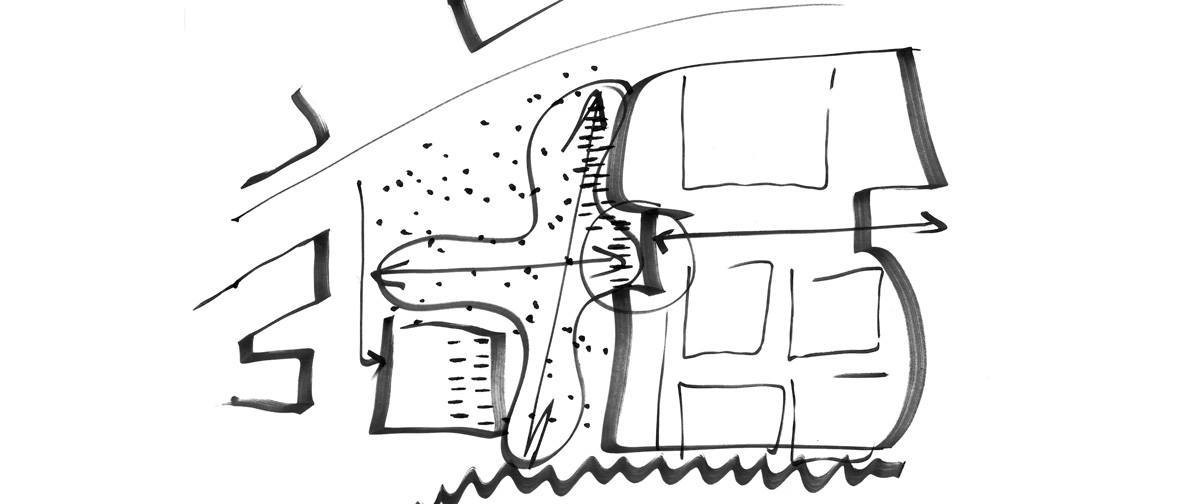
One of the major challenges in the design was the issue of parking, for which a surface area greater than the size of the entire garden would be required. The solution, according to the competition programme, lies in the creation of a roof garden that would cover a large part of the parking. However, this would not create the right conditions for thriving vegetation: in essence, it would always remain a roof garden—no more than that.
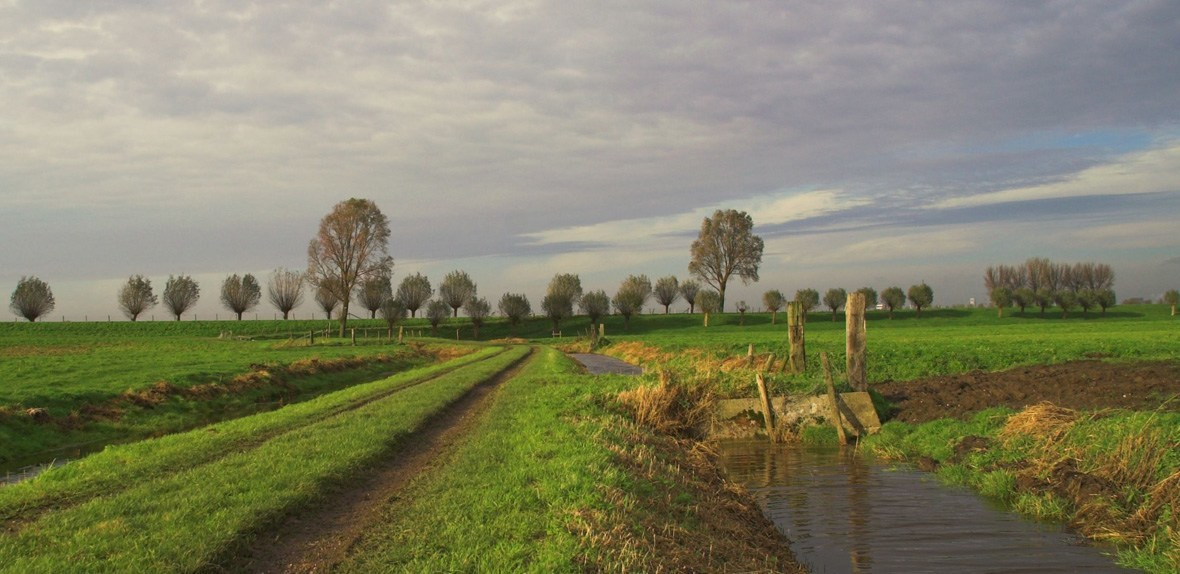
The aim of karres+brands’ design is to create a natural, biodiverse landscape as a continuation of the museum, with a clear distinction between ‘authentic’ and ‘artificial’. This led to an alternative proposal for the parking area, for which a vertical parking sculpture was chosen. This is tower, with its green facades and roof, becomes an icon in the landscape and a beacon for man-made nature. Each facade of the parking tower houses a unique, living ecosystem, from water to insects and mosses.
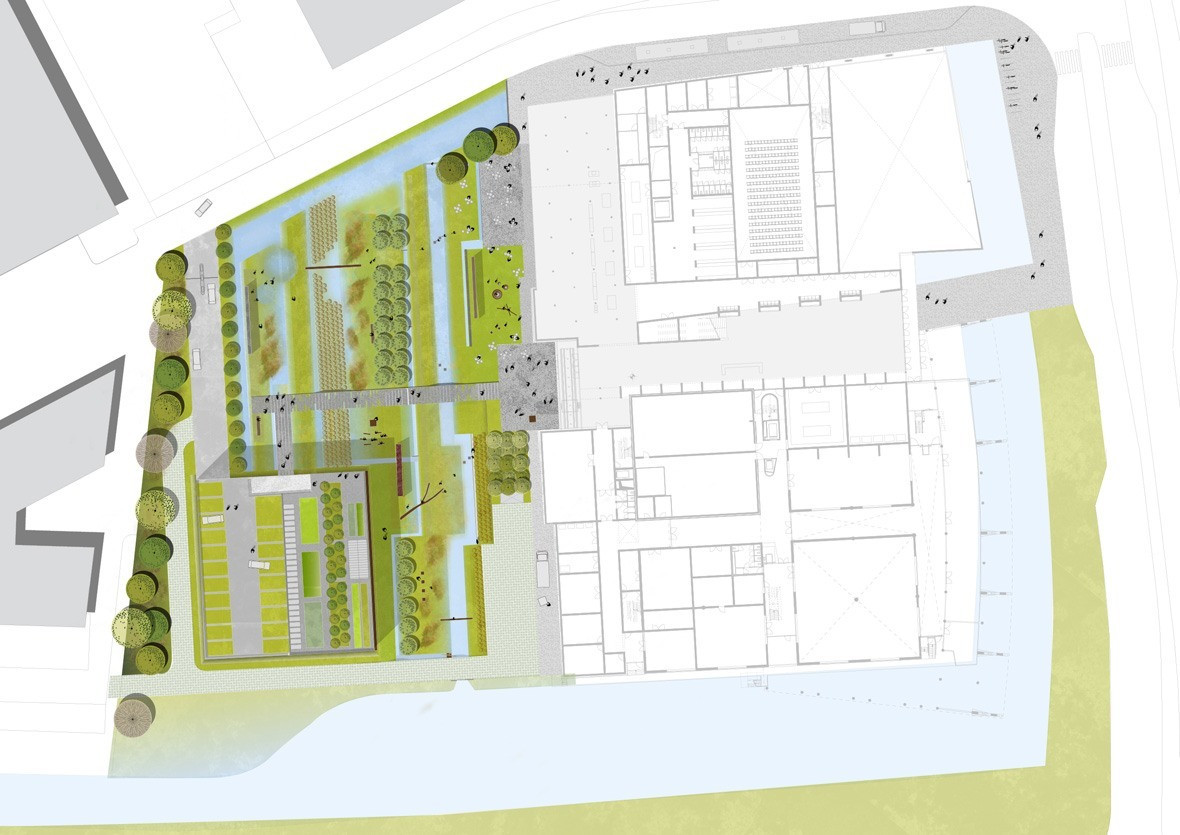
Parking is therefore an experience in itself, and an important step in the ritual of entering the museum. The journey begins with the driveway to the parking tower: the dense vegetation on either side immediately plunges the visitor into a different world.
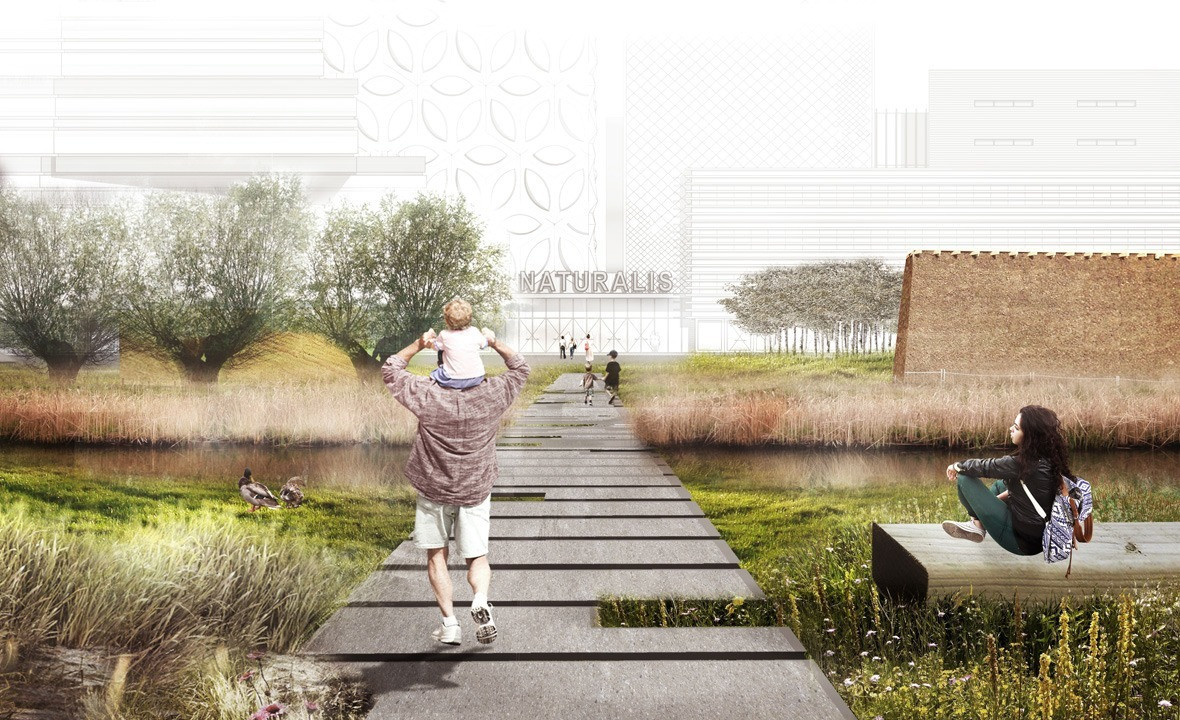
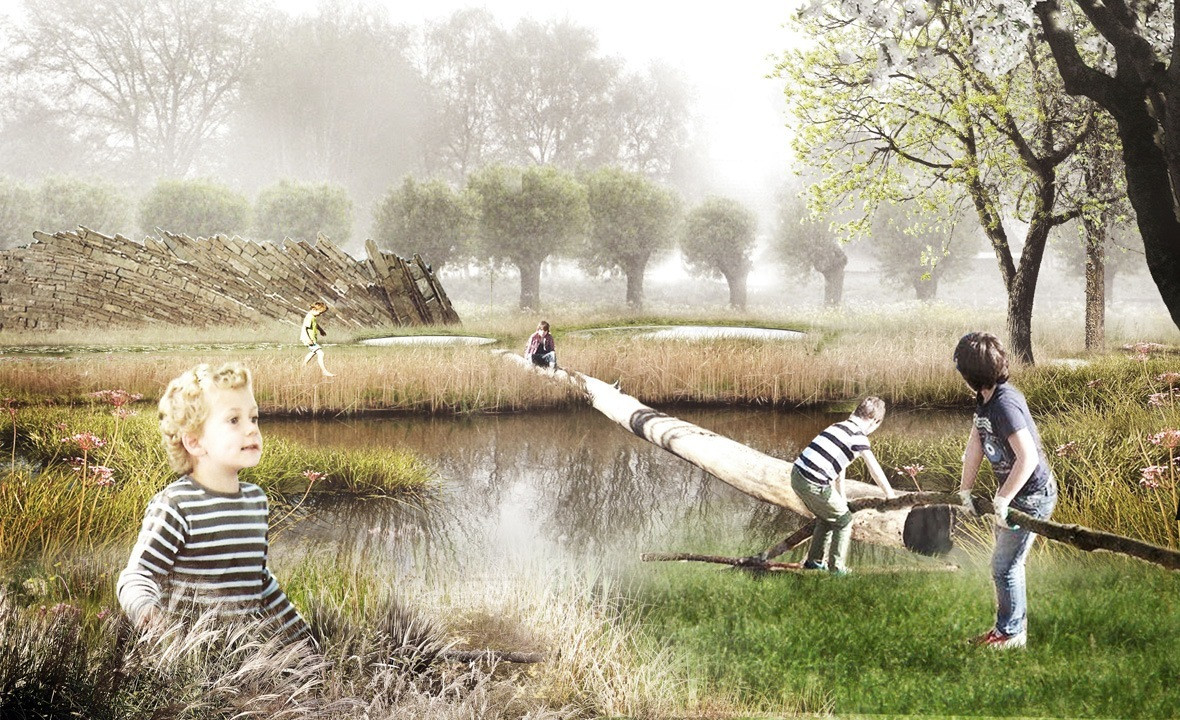
From the roof garden, the visitor first comes into contact with the larger garden. Inspired by the long lines of the Dutch polder landscape, the garden is comprised of alternating strips of vegetation, where the interplay between dry and damp, sun and shade, offers a rich nuance and creates the contours of a living ecosystem. Willows are added as a binding green element, their ecological characteristics and potency in turn supporting the biodiversity. The garden is a living water ecosystem; the rational, typically Dutch lines can store excess water during peak times, while clean water is available from the centrally situated ‘wetland’ on a daily basis.
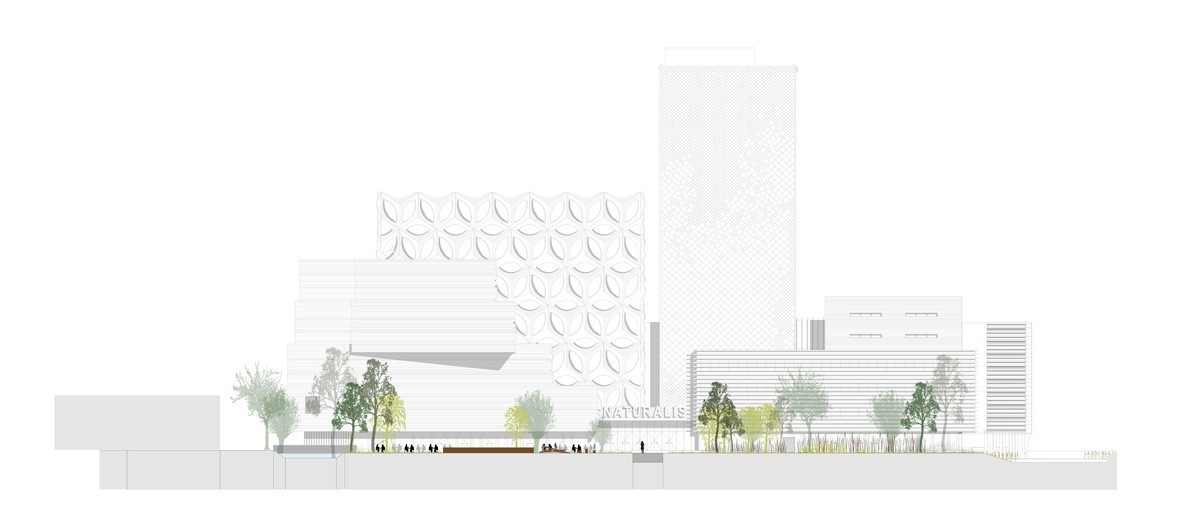

The different planting typologies are interlinked with each other by two types of walking paths: a main path, straight and rational, constructed from hard materials; and a second path, hidden and meandering, made of natural materials. The main path provides quick, straightforward access to the museum; a cross section through the landscape, so to speak. The second path, on the other hand, is a route of discovery: winding freely through the landscape, it invites visitors to stroll and be at leisure.
| Location. | Leiden, Netherlands |
|---|---|
| Assignment | Design public space |
| Size | 7,500 m² |
| Design | 2014 |
| Status | Competition entry |
| Client | Naturalis |
| In collaboration with | De Enk Groen en Golf, Continental Car Parks |